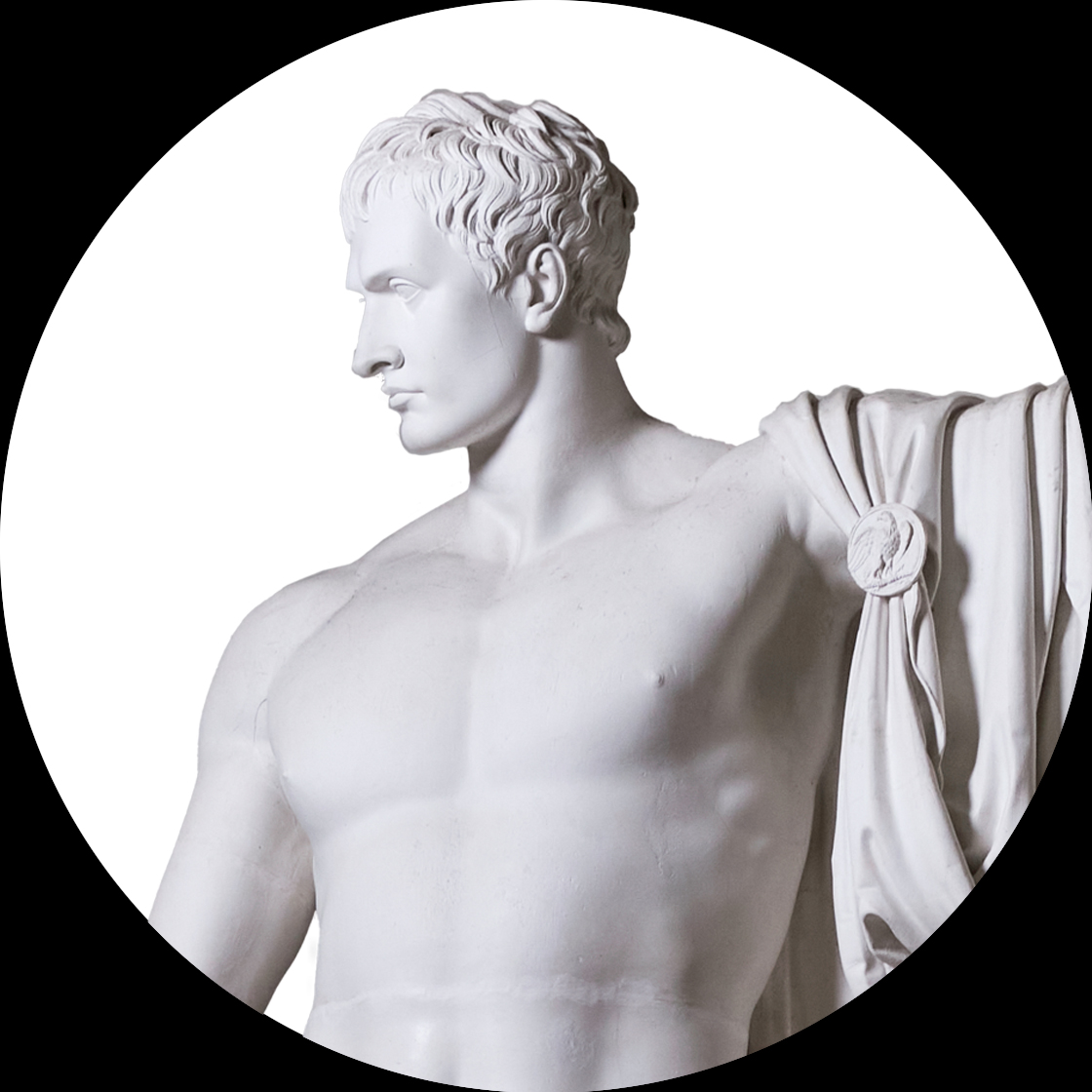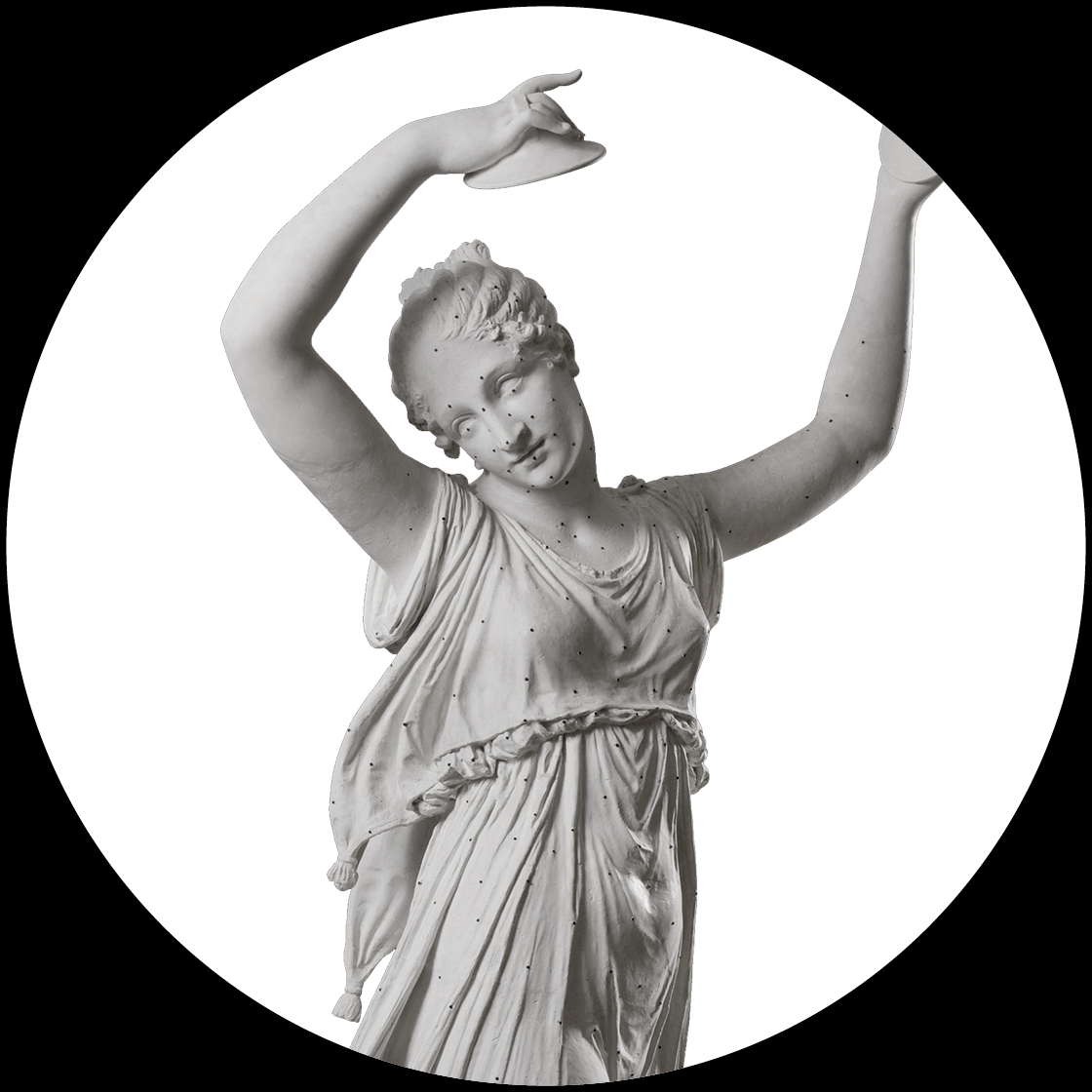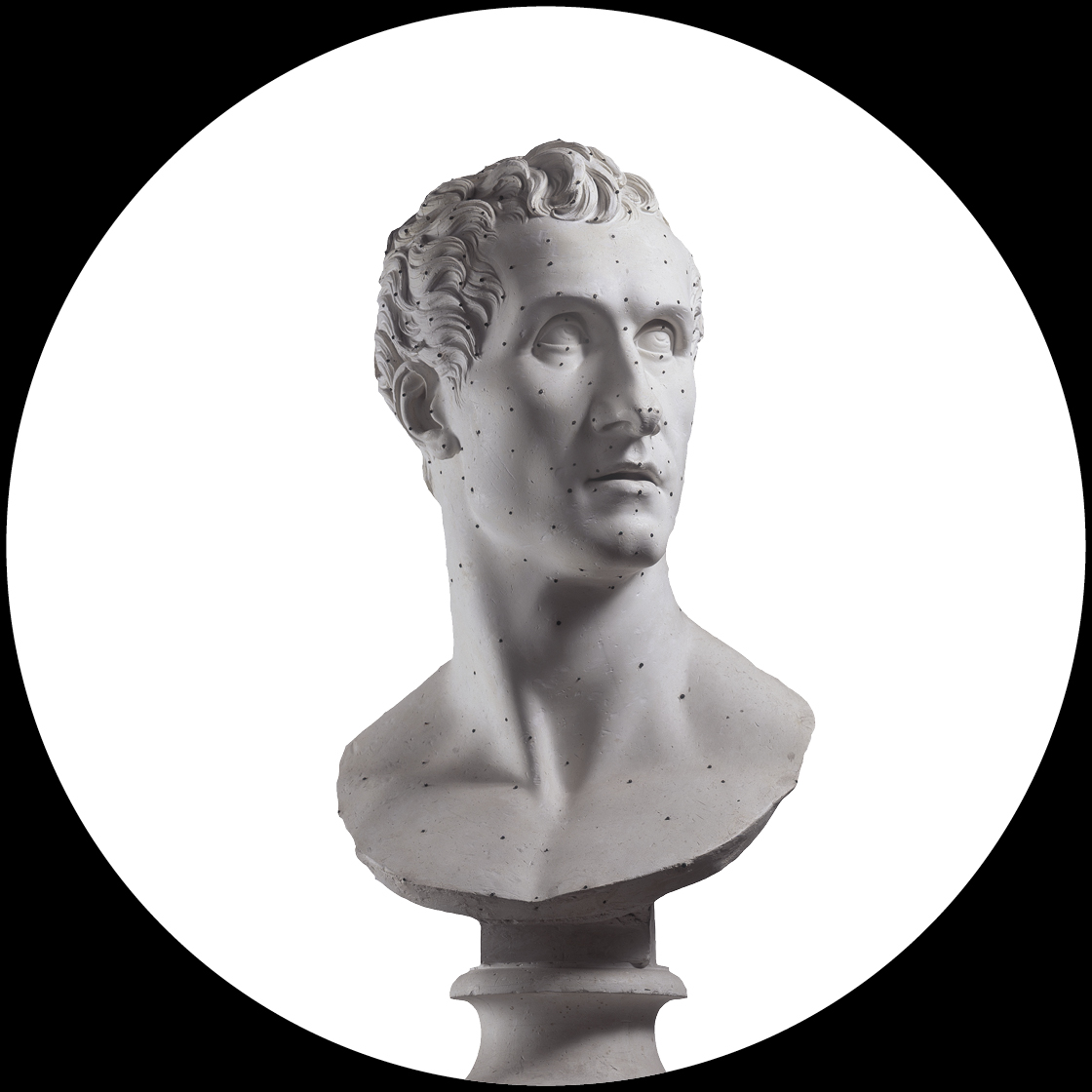Antonio Canova
Hercules and Lichas
1795-1796
Plaster
Location
Gypsotheca, Nineteenth century wing
Hercules and Lichas is one of the first colossal statues realized by Antonio Canova. It was commissioned in 1795 by the Aragon Prince, Onorato Gaetani, that unfortunately due to some political bad luck had to give the sculpture up. When the French occupied Rome in 1789, they found the plaster in the artist’s studio, who was in Possagno at that time, and interpreted it as a celebration of the French Revolution, represented by Hercules, that gets rid of the monarchy, represented by Lichas. Canova suggested Austrian Emperor, Francesco II, buy the marble version to celebrate the victory of the imperial troops in Magnano in 1799, but Francesco II refused. Roman businessman Giovanni Torlonia stepped in and fadecided to purchase the piece for a whopping 18.000 Italian scudi. The sculpture was received very well during its inauguration 1815 and was placed in Palace Tornlonia. Today you can find it in the Galleria Nazionale di Arte Moderna in Rome.
This is a very expressive piece, Lichas’s face is desperate but at the same time naïve, his mouth seems to be shouting in pain. Hercules’s aggressive hand is grasping Lichas hair represents the hero’s aggressiveness and ferocity. Hercules’s tight vest is barely visible in the plaster. The contrast between the hero’s colossal body and the frailty of the young mortal is dramatic and powerful.
● Inventory Number
87
● Dimensions
335x220x130 cm
● Ownership
Gallerie dell’Accademia di Venezia, Venice (IT)
Inscription
Measurement of the height of the door inscribed in the posterior area
● Marble
Galleria Nazionale d’Arte Moderna, Rome (IT)

Canova
2019, Magnitudo film





